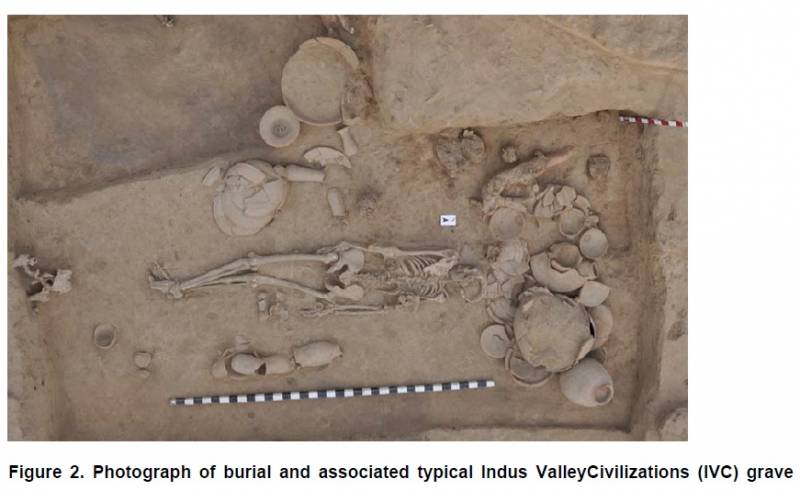Most extensive ever ancient-DNA study reveals unprecedented South and Central Asian history: CCMB
By Dheeshma
Hyderabad: A study of ancient human DNA by scientists revealed remarkable details of the genetic ancestry of South and Central Asia and Indus Valley Civilization. An international team of geneticists, archaeologists and anthropologists from North America, Europe, Central Asia, and South Asia analysed the genomes of 524 ancient individuals.
Hyderabad based Centre for Cellular and Molecular Biology (CCMB) was also part of the study.
According to CCMB, this is the largest ever study of ancient human DNA. Scientists researched the first genome of an individual from the ancient Indus Valley Civilization. It offers answers to the long-standing questions about origins of farming, source of Indo-European languages in South and Central Asia and genetic affinities of the people of Indus Valley Civilization. Debates were on for decades on whether Indo-European languages made their way to distant parts of the world via herders from the Eurasian Steppe or with farmers moving west and east from Anatolia. This new study shows that South Asians have little, if any, ancestry from farmers with Anatolian roots.
Prof. David Reich, co-senior author from Harvard Medical School, USA said, "We can rule out a large-scale spread of farmers with Anatolian roots into South Asia. The centrepiece of the 'Anatolian Hypothesis' was that the movement of people from the west brought farming into the region and with it Indo-European languages," .
He further said, "Since no substantial movements of people occurred, this is checkmate for the Anatolian hypothesis."
The new study also finds that Anatolia-related ancestry and farming arrived in Iran and Turan (southern Central Asia) around the same time. Scientists analysed a total of 140 present-day South Asian populations in the study. Out of this, only a handful had remarkable similarity with Steppe. The study found, historically priestly groups, including Brahmins, often have more Steppe ancestry than other groups in South Asia. The finding put across a fascinating new argument in favour of a Steppe origin for Indo-European languages in South Asia.
Ancestry of Indus Valley Civilization
"After screening more than 60 skeletal samples from the largest known town of the Indus Valley Civilization (IVC) called Rakhigarhi, we have shown that the Iranian-related ancestry in South Asians comes from a lineage that separated from Iranian farmers and hunter-gatherers before they split from each other", said Dr Thangaraj of CCMB.
Interestingly, according to the study, this Iranian-related ancestry is highly prevalent among the tribal groups in southern India
who leave on hunting and gathering, not farming. Hence the new research indicates that agriculture in South Asia was not due to the movement of people from the earlier farming cultures of the west. Instead, local foragers adopted it"
The findings of the above studies have been published in two scientific journals, science focusing on the ancestry of South and Central Asia) and Cell (focusing on a Harappan genome). They answer long-standing questions about the origins of farming, source of Indo- European languages in South and Central Asia and genetic affinities of the people of IVC.
However, the authors of the journal remind that since the study analysed the genome of only one
individual, it limits the conclusions that can be drawn about the entire population of the IVC.
"We feel that this experiment in open-notebook and crowd-sourced science was an unmitigated success. We are eager to find other ways to make data available early so we can leverage the broad interest in this work to make the science even better and to ensure that the conclusions we draw are as robust and nuanced as possible", says Prof. David Reich.
CCMB Director Dr Rakesh Mishra said that this large-scale study that employes a multidimensional approach has helped in understanding the genetic history of one of the oldest civilisations.